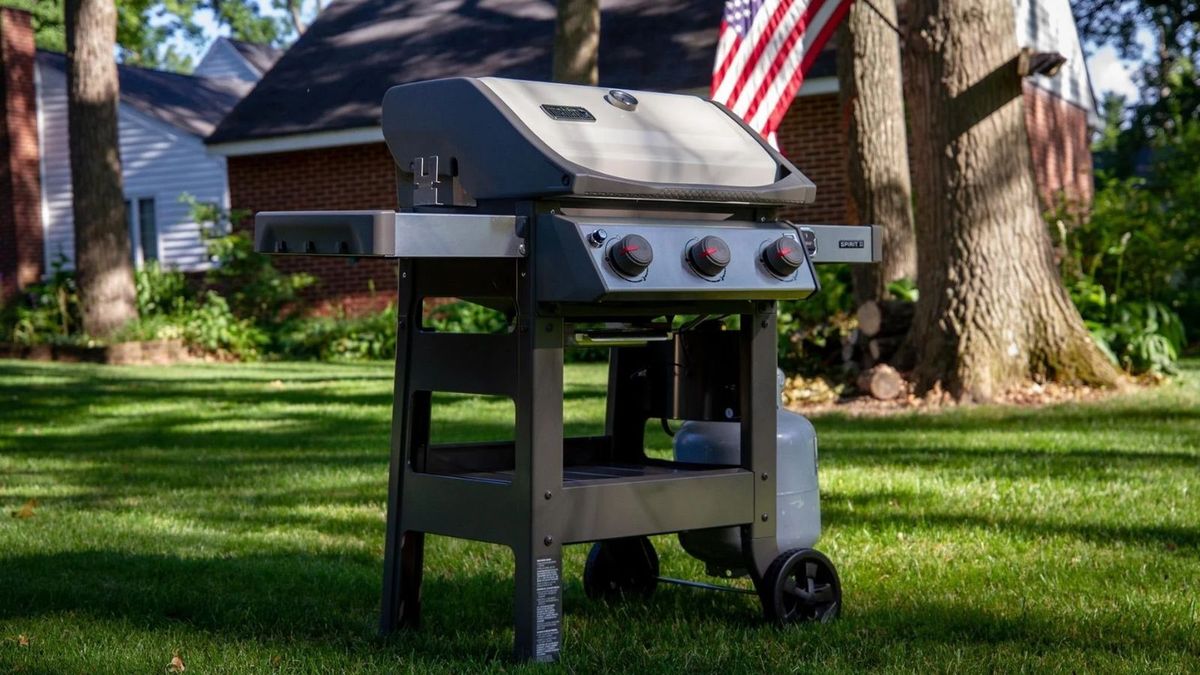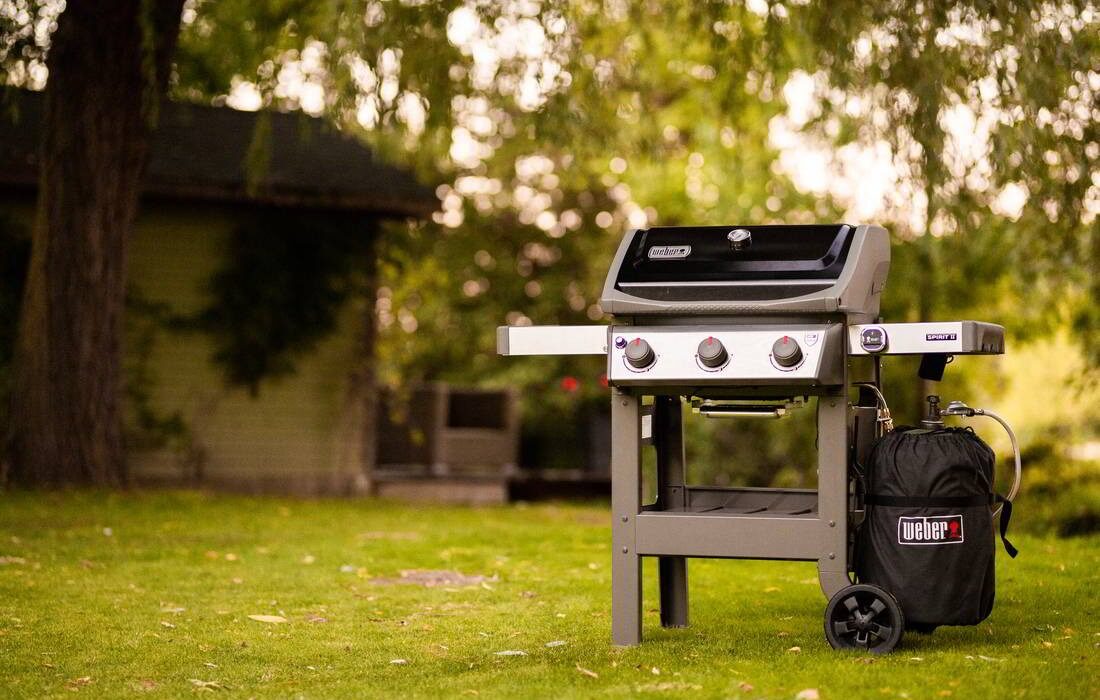Welcome to a comprehensive guide on how to cook a beef brisket on a gas grill. Whether you’re a seasoned BBQ enthusiast or a beginner looking to step up your grilling game, this article is dedicated to walking you through every crucial step in preparing a mouthwatering beef brisket that will have everyone asking for seconds.

Understanding Beef Brisket
The first step in mastering the art of cooking beef brisket on a gas grill is understanding the cut of meat you’re working with. Brisket is a cut of beef from the lower chest of the cow. It consists of two main parts: the flat cut, which is leaner, and the point cut, which is fattier and more flavorful. Choosing the right cut for your needs is crucial. For a more tender and flavorful brisket, consider opting for the point cut.

Why Use a Gas Grill?
Many purists might argue that true brisket should only be cooked on a smoker, but using a gas grill offers convenience and control. Gas grills provide even heating, and with some modifications, they can mimic the slow and low cooking method of traditional smoking. Plus, they are more accessible for everyday use and require less expertise to manage temperature, making them an ideal choice for those new to brisket grilling.

Ingredients
- 1 whole beef brisket (10-12 pounds)
- 2 tablespoons of kosher salt
- 2 tablespoons of black pepper
- 1 tablespoon of garlic powder
- 1 tablespoon of onion powder
- 1 tablespoon of paprika
- 1 cup of beef broth or apple juice
- Barbecue sauce (optional)

Preparations
Before you start grilling, you’ll need to gather the necessary tools. A reliable gas grill is essential. You can find quality gas grills here. Additionally, have a good quality knife for trimming the brisket. For tips on choosing the best knife, check out this article: What Size Fillet Knife for Salmon.
Preparing the Brisket
Trimming: Trim the excess fat off the brisket, leaving about 1/4 inch of fat to keep the meat moist during cooking. A well-trimmed brisket will ensure even cooking and reduce flare-ups on the grill.
Seasoning: Mix kosher salt, black pepper, garlic powder, onion powder, and paprika. Rub this blend generously over the entire brisket, making sure to cover all sides. This seasoning blend, known as a rub, will form a flavorful crust once the brisket is cooked.
Marinating: While marinating is optional, allowing the brisket to rest with the rub for a few hours (or overnight) will enable the flavors to penetrate deeply. Place the brisket in a covered container or wrap it in plastic wrap and refrigerate.
Heating and Preparing the Gas Grill
To achieve that smoky flavor, youll need to set up a two-zone cooking system on your gas grill. This means one side will be hot and the other side will be cooler, providing a space for indirect cooking. To replicate the smokiness of a traditional smoker, you can use wood chips. Hickory, oak, or mesquite are popular choices for brisket.
Heres how you can set it up:
Soak wood chips: Soak a couple of cups of wood chips in water for at least 30 minutes. Once soaked, place them in a smoker box and set it on the hot side of the grill.
Preheat the grill: Preheat your gas grill to 225F-250F. This low and slow temperature range is crucial for breaking down the tough fibers in the brisket.
Cooking the Brisket
Once your grill is preheated and your smoker box is smoking, it’s time to place the brisket on the grill.
Positioning: Place the brisket on the cooler side of the grill, fat side up. This allows the fat to render and baste the meat as it cooks.
Cooking time: Cooking a brisket is a time-intensive process. Plan for about 1-1.5 hours per pound of brisket. For a 10-pound brisket, this means around 10-15 hours of cook time. Maintain a consistent grill temperature between 225F-250F by adjusting your gas controls.
Spritzing: Every 2-3 hours, spritz the brisket with a mixture of beef broth or apple juice. This helps keep the surface moist and promotes a better smoke ring. Using a simple spray bottle for this task can be very handy.
The Wrap
When the internal temperature of the brisket reaches around 165F, its time to wrap it in butcher paper or heavy-duty aluminum foil. This process, known as the Texas Crutch, speeds up the cooking process and helps the brisket retain moisture. You can also add a bit more beef broth or apple juice before sealing the wrap.
Finishing the Brisket
Continue to cook the wrapped brisket until the internal temperature reaches 203F. This is the point where the connective tissues have broken down properly, resulting in a tender and juicy brisket. Use a reliable meat thermometer to check the temperature. For guidance on selecting a meat thermometer, visit: Serbian Chef Knife.
Resting the Brisket
Once the brisket has reached the perfect internal temperature, remove it from the grill and let it rest for at least an hour. Keep it wrapped during this resting period. This allows the juices to redistribute throughout the meat, ensuring every bite is flavorful and moist.
Slicing and Serving
Slicing: To slice the brisket, its important to cut against the grain. This means cutting perpendicular to the direction of the muscle fibers. Doing so results in tender slices that are easier to chew. Start with the flat cut, then move on to the point cut.
Serving: Serve the brisket slices on a platter and, if desired, drizzle with barbecue sauce. Accompaniments like coleslaw, pickles, and cornbread make great side dishes. For a comprehensive guide on sides, visit How to Use a Cast Iron Skillet.
Cleaning Up
After enjoying your delicious brisket, its time to clean the cookware. Use a quality grill cleaner to remove any grease and residue. For your cutting board, apply a cutting board conditioner to maintain its luster and hygiene.
Final Thoughts
Learning how to cook a beef brisket on a gas grill is a rewarding experience that brings the joy of BBQ into your own backyard. By following these detailed steps, you’ll be well on your way to mastering this culinary art. Dont forget to experiment with different rubs, marinades, and wood chips to make the recipe your own. Happy grilling!
As an Amazon Associate, I earn from qualifying purchases.


